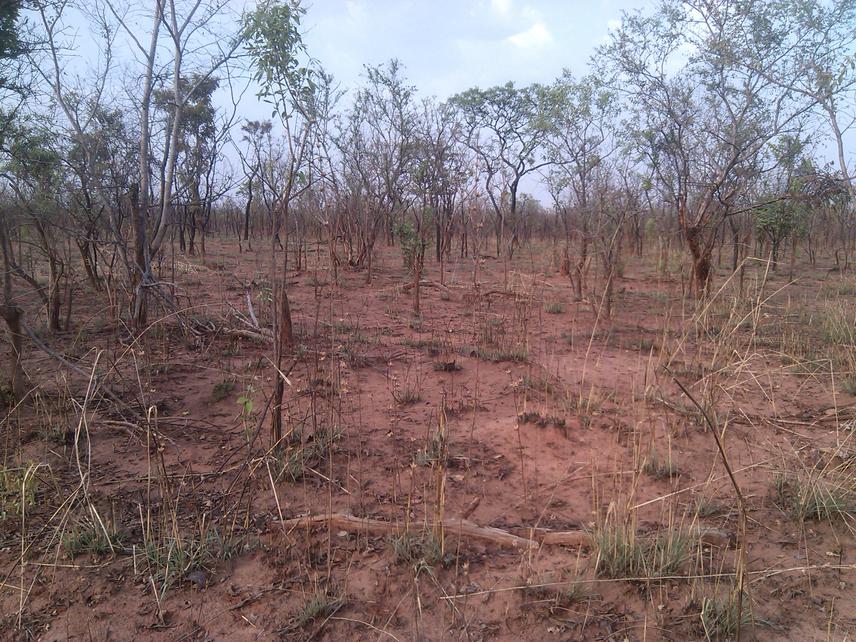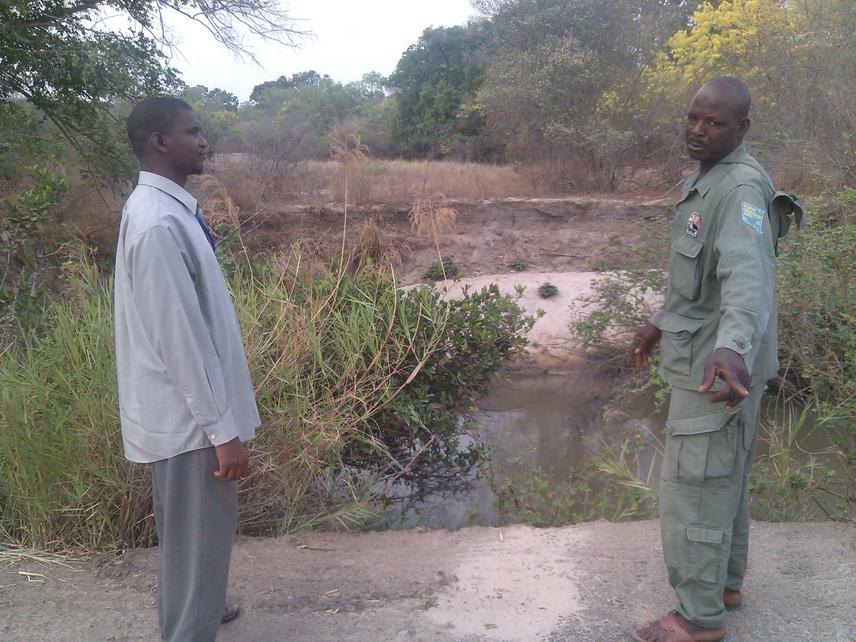Longtong Turshak
Other projects
7 Jul 2009
Fire Regimes and its Implication on Trees and Tree Species Utilize by Birds for Nesting in the Savanna Woodlands of Yankari Game Reserve, Nigeria
3 May 2012
Fire and Herbivory Impacts Savanna Woodland Vegetation: Saving the Largest Protected Woodland in the Guinea Savanna Region of Nigeria
3 Mar 2023
Delivering Better Ecological and Social Outcomes in a Nigeria’s Foremost National Park at the Brink of Losing its Conservation Value
The project sets out to determine the impact of fire and herbivory on woody plants as food vis-à-vis the seasonal distribution and dietary shifts of herbivores in the savanna woodland Yankari Game Reserve, Nigeria.

A typical late fire regime at the Yankari Game Reserve, Nigeria.
It is no gain saying that ecosystems are shrinking at a geometrical rate, biological resources are disappearing unabated, and man is main cause. The Yankari Game Reserve is one of the richest in biological diversity and among the most popular destinations for wildlife tourism in Nigeria, as such, plays a crucial role in the development and promotion of ecotourism and ecological studies in Nigeria. Therefore, any effort aimed at boosting research with a view to effective and sustainable management of the reserve cannot be overemphasized and should be supported by all.

Specifically, this project is aimed at determining large herbivore woodland habitat within the reserve; at what season does the herbivore moves to another part of the woodland; what it feeds on and how these affects the food choice of a specific herbivore? All these will be realized within and across the wet and dry seasons within the main woodland types of the reserve, before and after fire regimes.
The reserve will first be mapped out to identify the various woodlands types. A Global Position System (GPS) device will be used to map the locations of woodlands in the game reserve. Line transects will be used to record large herbivores browsing as herds or as individuals. When foraging herds or individuals are located, the following variables will be recorded: tree species, size classes of trees browsed base on height and DBH, season, and fire regime. Five herbivores will be assessed, including; Roan Antelope Hippotragus equinus, Bushbuck Tragelaphus sylvaticus, Waterbuck Kobus defassa, Western Hartebeest Alcelaphus buselaphus, and African Buffalo Syncerus caffer. All data analyses will be carried out using SPSS, R-statistics and Arch View. The software will be used to produce figures and statistical analyses. Findings from this project will be incorporated with elements of the first and second RSGs and presented to the Management and Staff of the Yankari Game Reserve for implementation.